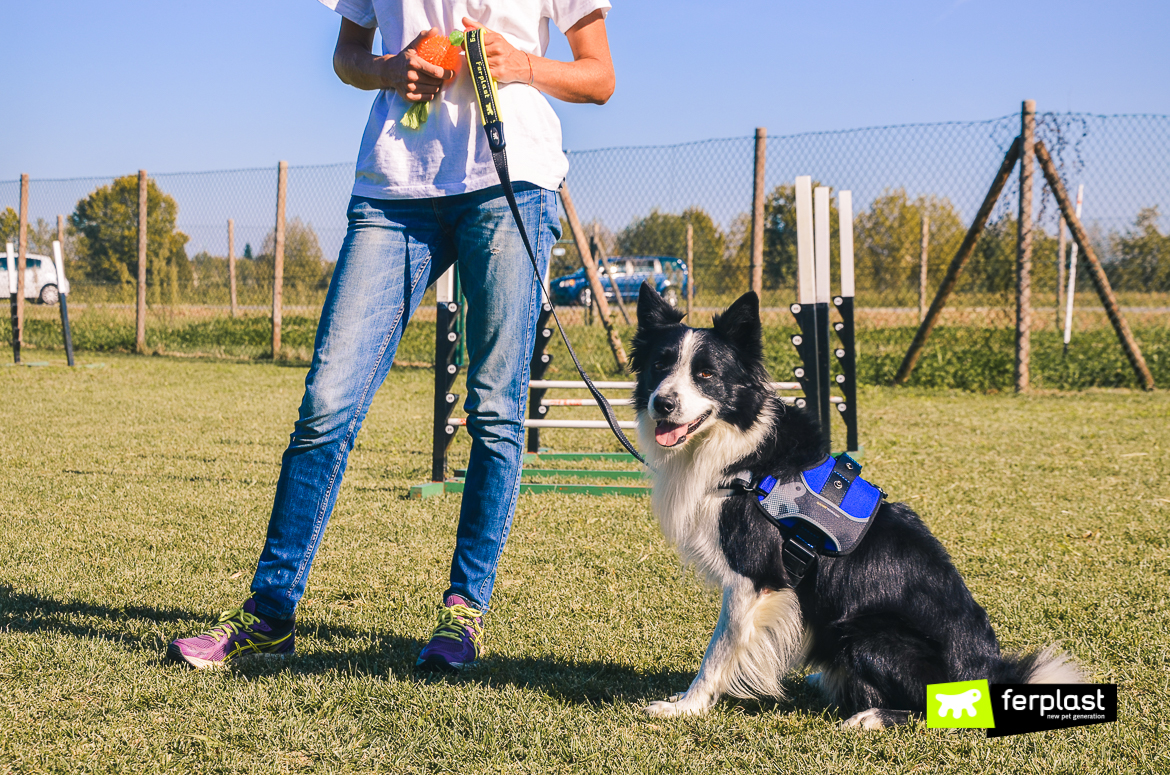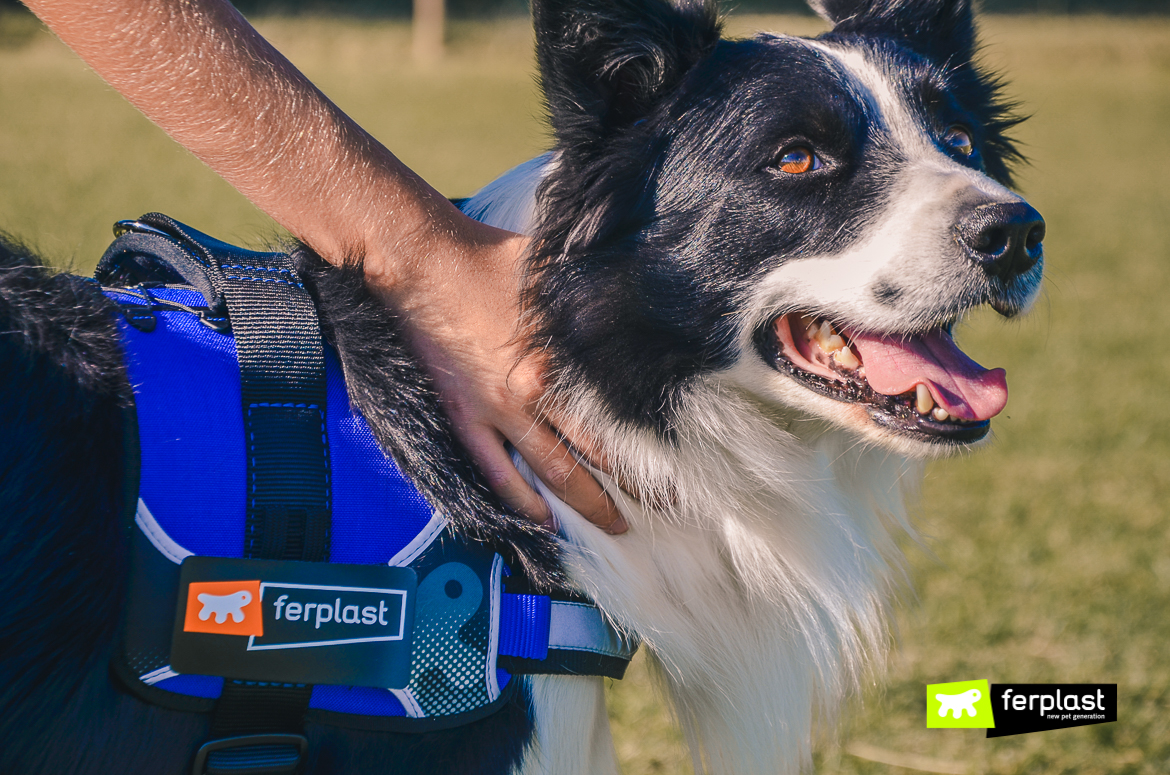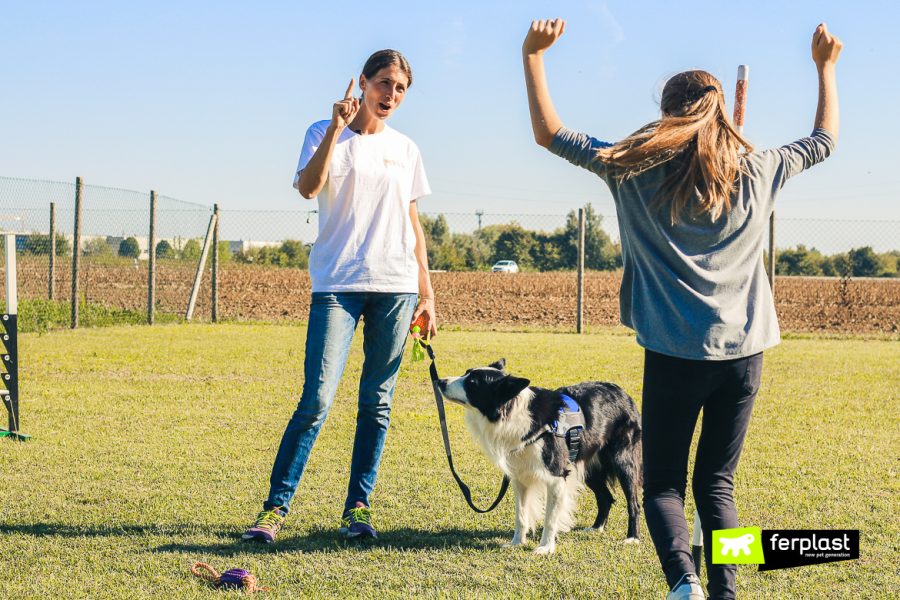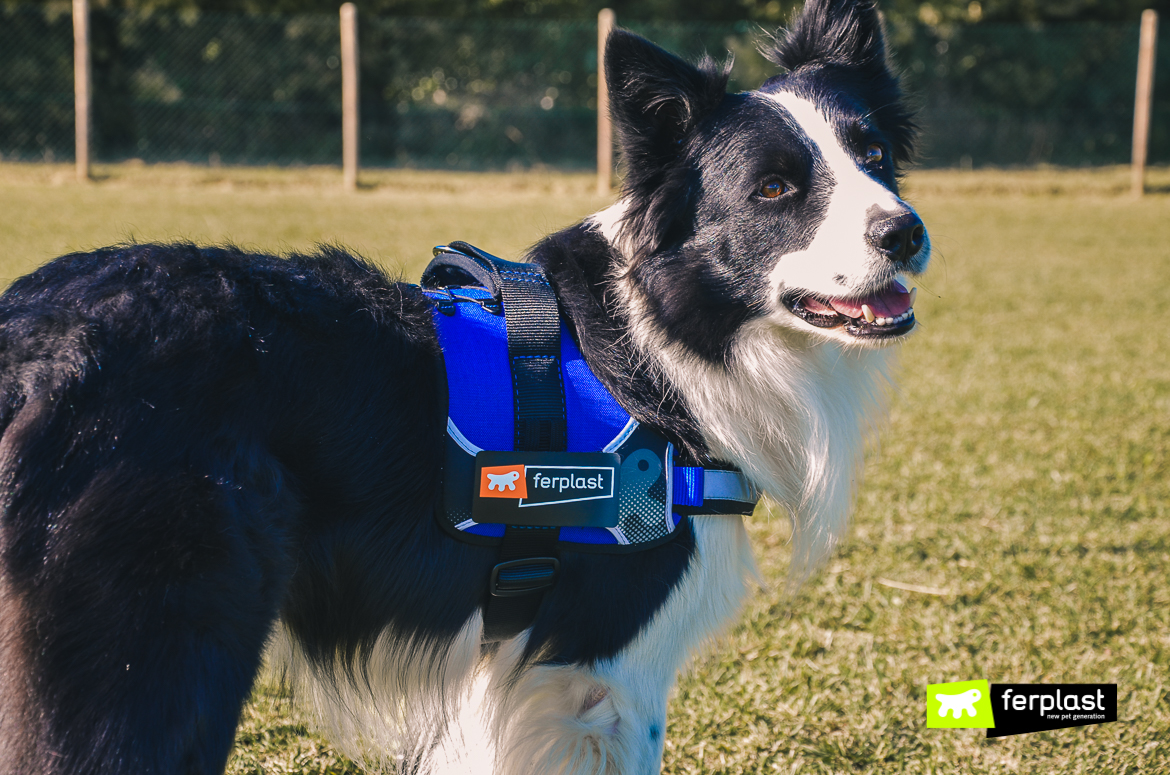If you want to teach your child the correct way to approach a dog, whether they know the dog or not, without risking one or the other getting hurt, you’ve come to the right place. Today, Elisa Pellizzari, a trainer at We Dog It, will explain the right way for children to stroke a dog.
Teaching a child the right way to approach a dog
If you are walking along the road and your child sees a dog passing by on a lead, they should not approach it as if it were the natural thing to do. Sometimes it’s hard to resist the temptation, but you should teach your child to avoid doing so, because, contrary to popular belief, most dogs do not like physical contact imposed by strangers, whether they are children or not, as they are often too intrusive.
 First of all, you need to ask permission from the dog’s master, as not all of our furry friends trust strangers right away and not all of them are keen on children. You need to explain to your child that he or she should not run towards the dog or look him straight in the eye, because the dog finds this offensive and it is sign of challenge. Your child should never raise his or her voice or make any sudden or brisk movements, like raising the arms.
First of all, you need to ask permission from the dog’s master, as not all of our furry friends trust strangers right away and not all of them are keen on children. You need to explain to your child that he or she should not run towards the dog or look him straight in the eye, because the dog finds this offensive and it is sign of challenge. Your child should never raise his or her voice or make any sudden or brisk movements, like raising the arms.
 If you want to get closer to the dog, it is best to do so calmly and serenely, stopping at a certain distance to give the dog a chance to decide whether or not to come closer and thus respecting the amount of time the animal needs, as they often require a few seconds to become acquainted.
If you want to get closer to the dog, it is best to do so calmly and serenely, stopping at a certain distance to give the dog a chance to decide whether or not to come closer and thus respecting the amount of time the animal needs, as they often require a few seconds to become acquainted.
How to stroke a dog
Once close to the dog, the dog himself will let you know whether or not he is interested in any interaction. We always recommend that you begin interacting just by greeting the dog verbally, to verify whether or not he is paying any attention or not: If the dog moves away or does something else, such as scratching or sniffing the ground, etc., he probably doesn’t want any contact. If the opposite happens and he behaves by showing curiosity and seems to want to greet you, he himself will begin to interact and let you stroke him.
Should the dog move or turn his head, it is best not to insist, because it means that he is probably feeling uncomfortable or he is insecure.
Which words to use
Calling the dog by name and greeting him with a simple “hello” may help him feel more at ease; the child’s mood should also be taken into account; if the child is afraid, the dog might feel worried or uneasy and, in this case, it is advisable that any interaction be handled with greater care, also by the dog’s owner.




